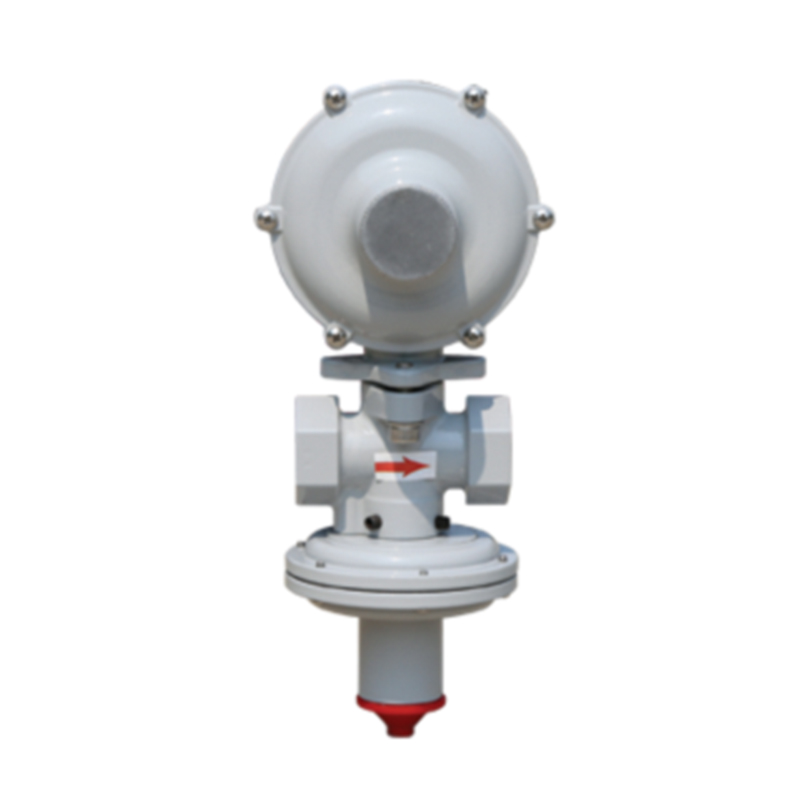
Dec . 07, 2024 01:35
Back to list
Optimizing Gas Heat Exchanger Performance for Enhanced Energy Efficiency and Sustainability
Heat Exchangers for Gases An Overview
Heat exchangers play a vital role in many industrial applications, facilitating the transfer of heat between two or more fluids, which can be gases, liquids, or a combination of both. When it comes to gaseous mediums, heat exchangers are crucial in various processes including power generation, chemical processing, and HVAC systems. This article delves into the principles, types, and applications of heat exchangers specifically designed for gases.
Principle of Operation
The primary function of a heat exchanger is to transfer thermal energy from one fluid to another without mixing them. In the case of gases, this process often involves the transfer of heat between two gas streams or between a gas and a liquid. The effectiveness of a heat exchanger largely depends on the surface area, temperature difference between the fluids, and the heat transfer coefficient of the materials involved.
Types of Heat Exchangers
There are several types of heat exchangers used for gases, each tailored for specific applications
1. Shell and Tube Heat Exchangers This common design consists of a series of tubes, with one fluid flowing through the tubes and another fluid flowing around them within a shell. This configuration is highly efficient and suitable for handling high-pressure gaseous systems.
2. Plate Heat Exchangers Comprising corrugated plates that create channels for fluids to flow, plate heat exchangers are particularly effective for lower volumes of fluids. They offer a large surface area in a compact design, making them ideal for applications where space is limited.
.
4. Double Pipe Heat Exchangers This simple design consists of one pipe placed inside another. One gas flows through the inner pipe, while another gas flows through the annular space. While less efficient than other designs, double pipe heat exchangers are straightforward and cost-effective for small-scale applications.
مبادل حراري للغاز

Applications in Industry
Heat exchangers for gases are employed across numerous sectors
- Power Generation In power plants, heat exchangers transfer heat from the exhaust gases of turbines to feed-water systems, improving overall efficiency. - Chemical Processing Many chemical reactions are heat-dependent. Heat exchangers maintain optimal temperature conditions, ensuring that reactions proceed efficiently.
- HVAC Systems In heating, ventilation, and air conditioning (HVAC) systems, heat exchangers are crucial for transferring heat between indoor and outdoor environments, contributing to energy efficiency in building climate control.
- Environmental Control Heat exchangers are also utilized in emission control systems, where they help manage waste heat in industrial processes, minimizing environmental impact.
Challenges and Considerations
While heat exchangers are essential in various applications, they come with inherent challenges. These include fouling, where deposits build up on heat transfer surfaces, reducing efficiency; corrosion from reactive gases; and thermal fatigue due to temperature fluctuations. Regular maintenance and sometimes the use of advanced materials or coatings can mitigate these issues.
Conclusion
In summary, heat exchangers designed for gases are integral to many industrial processes, enhancing energy efficiency and contributing to operational effectiveness. With a variety of designs tailored for specific applications, understanding the principles and functions of these systems allows industries to optimize their processes and reduce energy consumption. As technology advances, innovations in heat exchanger design will likely lead to even greater efficiencies and performance, further solidifying their role in modern engineering and industry.
Next:
Latest news
-
Safety Valve Spring-Loaded Design Overpressure ProtectionNewsJul.25,2025
-
Precision Voltage Regulator AC5 Accuracy Grade PerformanceNewsJul.25,2025
-
Natural Gas Pressure Regulating Skid Industrial Pipeline ApplicationsNewsJul.25,2025
-
Natural Gas Filter Stainless Steel Mesh Element DesignNewsJul.25,2025
-
Gas Pressure Regulator Valve Direct-Acting Spring-Loaded DesignNewsJul.25,2025
-
Decompression Equipment Multi-Stage Heat Exchange System DesignNewsJul.25,2025

